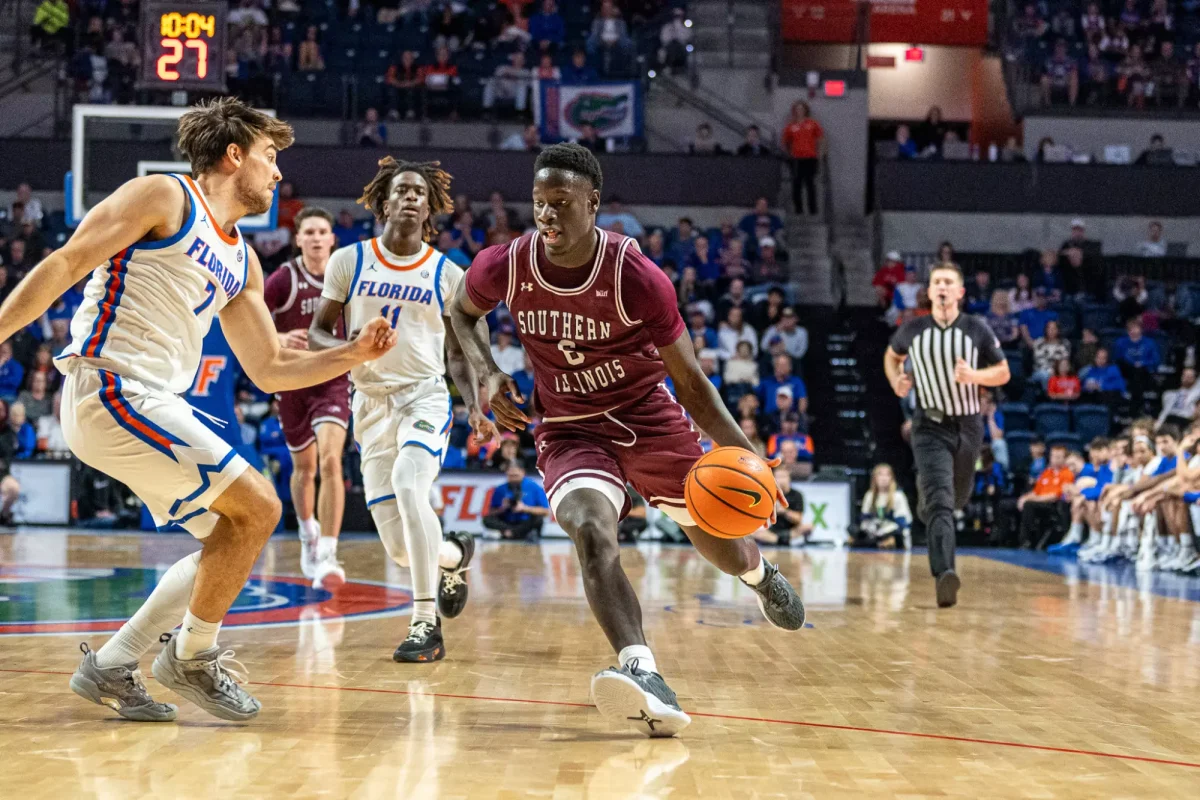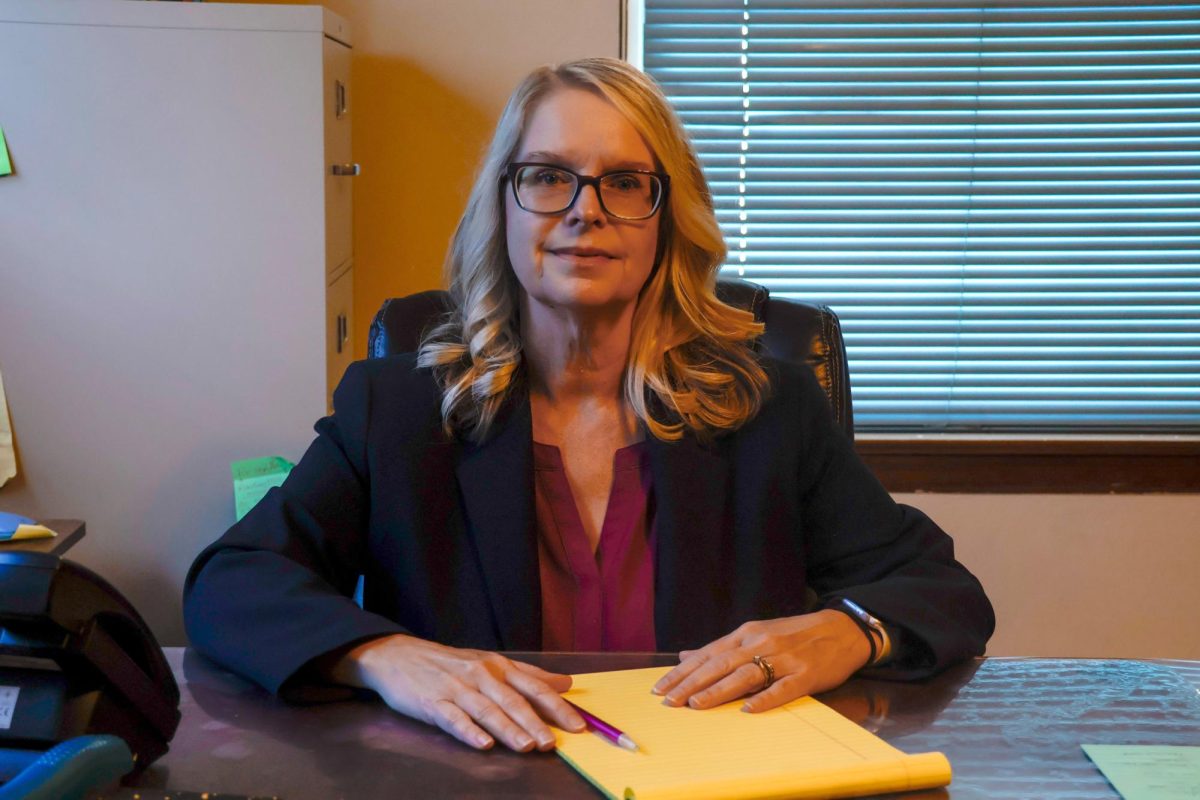Strategic plan drafts in final stages
May 8, 2012
The chancellor’s office is still taking input from students, faculty and staff in relation to a plan that will spell out the goals and mission of the university.
It’s been more than one year since work began on a new strategic plan, which is intended to be a comprehensive planning effort that puts goals and expectations for the university in writing. Chancellor Rita Cheng said the latest draft is near completion. Advice or concerns in regard to the draft are still being taken through the chancellor’s website until the end of May, she said.
While the draft may be close to being completed, some faculty and students said they think it could use more attention.
Advertisement
Cheng said she was given the assignment by the SIU Board of Trustees and the university’s accrediting body to create a new strategic plan when she started working at SIUC. The old plan, she said, was outdated.
“There were definitely some goals in there that were not achieved and many people felt were unachievable,” she said.
Since then, Cheng said, more than 100 faculty have been involved in developing the draft. Several committees looked at the draft with different “lenses” in mind, Cheng explained, such as student success, research and creative activity, campus climate, external relations, financial information and future trends.
Cheng said she has questions of her own that she would like the university community’s input on such as, ‘Does the draft document seem authentic?’ and ‘Is there a balance of it being visionary, yet doable?’
But overall, she said, she thinks the plan is in its final stages.
“I think we’re in pretty good shape,” she said. “I think the input from the campus will be important there and we will make adjustments … and then come out with a document that we can embrace and move forward with.”
In response to the chancellor’s question of whether the plan is both visionary and doable, Blaine Tisdale, Graduate and Professional Student Council president, said he isn’t sure about the variety in both vague and specific ideas within the plan.
Advertisement*
“There are certain parts that are more detailed and spelled out than others,” he said. “Sometimes you get a lofty goal, and other times you get more of an action-plan.”
Tisdale said one line within the plan serves as an example to his concern. Strategy 6.1.2.3 of the draft states, “Create an ‘enterprise center’ within each college/unit to focus efforts regarding increasing revenue, reducing costs, and exploring new ways to do new things.”
He said in addition to the statement being vague, he said he hopes such a goal is already in place.
But in considering the document as a draft, Tisdale said he thinks it’s clear some progress has been made.
“You’ve got to start somewhere,” he said. “But like anyone, I’d rather see and hear action rather than see and read words. And hopefully action is on its way.”
Inclusive Excellence
Since the draft became available in February, Cheng has already received input from groups such as the Faculty Senate. At an April Faculty Senate meeting, senators discussed some of their own concerns with the document, including one major term that appears within it: inclusive excellence.
The first sentence of the mission in the January draft document states, “SIU embraces a unique tradition of access and opportunity, inclusive excellence, innovation in research and creativity, and outstanding teaching focused on nurturing student success.”
Some faculty said they weren’t sure what inclusive excellence was intended to mean.
“Inclusive excellence is a very common term that is used in many organizations, particularly higher education, that is intended to broaden the scope of our diversity and inclusiveness on campus, to be part of everything that we do,” Cheng explained. “So it’s inclusive in our academics, our student life and our relationships, and it’s not something that’s set aside as a separate program.”
She said it was included in the document because the university community needs to celebrate differences across the campus and use them as a strength. As a part of the plan, a Center for Inclusive Excellence would be formed.
Faculty concerns
While some faculty members have raised concerns over terminology used in the document, others have expressed concerns over specific goals laid out within the plan. George Boulukos, an associate professor in English, said he saw a contradiction in the section that talks about faculty.
One of the items listed under the goal to enhance the university’s status as a research institution states, “Recruit & retain outstanding research faculty,” but another item calls for a “differential effort assignment policy,” which would cause a reconsideration of the teaching and research loads of faculty members based on their experience or strengths.
“Differential teaching loads are not helpful in recruiting research faculty because top research university’s don’t have them,” Boulukos said. “I’m not sure that helps the mission.”
When Boulukos brought up his concern at a Faculty Senate meeting, he said those in charge of the drafting process were very receptive to his concern. Other than the specific item that caught his attention, Boulukos said his other concerns with the draft regard it as a whole. For example, he said he thinks faculty might like to see more positive recognition within the document.
“Faculty just want to hear that they are valued and that all the great stuff they do is being seen and understood,” he said. “It’s just a basic question of feeling acknowledged, of feeling included.”
Boulukos said from a discussion at the Faculty Senate meeting, it seemed that the idea of faculty acknowledgement within the plan seemed to be missing.
Making revisions
But both of the co-chairs of the strategic planning committee, Peggy Stockdale and Tom Britton, are faculty members. While much of the drafting process has been moved over to the chancellor’s office, Stockdale said, committees have worked together over the past year to produce reports in response to concerns they found within the draft.
“We really wanted to make this something that was grounded in the people who are on this campus, who have an impact on this,” Stockdale said. “It wasn’t the chancellor’s plan … she said go out and ask people what they want.”
Stockdale said she thinks some of the common themes the group got out of the process was a commitment to the idea that SIU is a student-oriented research university.
“Connects between research, creativity and student learning are inextricably tied,” she said. “We don’t want to see them as separate activities.”
She said those involved in the planning process really want to make SIU a place where students are involved in research. While Stockdale said she felt the overall goal is clear in the plan, she also believes it could still use some work.
“There are things missing in the plan,” she said. “And the comments that we’ve heard I think are really quite valid.”
Many strategies within the plan, Stockdale noted, are already taking place. Some of those, she said, have started since the drafting process began, while others were already in place, but the committees felt were important to include.
How specific the plan should be, Stockdale said, is still a concern. She said details are helpful in making it more active and they create a document the university can use to guide decision-making, yet the plan may get too specific in areas.
“I don’t want anything in the plan that we’re not committed to,” she said. “And I want every major idea that we’re committed to be in the plan. I want it to be a very workable document.”
Advertisement









